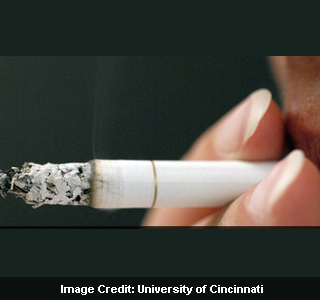
The study aimed at analyzing the benefits of lung cancer screening in a high-risk population residing within a geographic area with rates of histoplasmosis three times higher than the national average. 132 heavy smokers over 50 years of age smoking at least 20 packs of cigarettes per year were inspected. Having completed a questionnaire on smoking habits and medical history, volunteers were subjected to annual low-dose CT scans for a period of five years. The screenings analyzed signs of lung cancer.
Sandra Starnes, director of thoracic surgery at the UC College of Medicine and a surgeon with UC Health, highlighted, “Despite having a 60 percent nodule rate, we were able to avoid doing benign biopsies and not miss any lung cancer diagnoses if the protocol was strictly followed. No one was diagnosed at a stage where the lung tumor could not be surgically removed.â€
Investigations conducted both locally and nationally conclude that CT scans are possibly helpful as a lung cancer screening tool in a high risk population containing heavy, long-term smokers. Experts believe that heavy smokers undergoing screening with low-dose CT scans face 20 percent fewer deaths than those going through traditional X-rays. It was mentioned that if adopted as a standard practice, screening has to be carried out with a defined protocol that includes the input of a multidisciplinary team.
The study is published and in the Journal of Thoracic and Cardiovascular Surgery.
